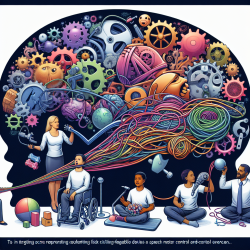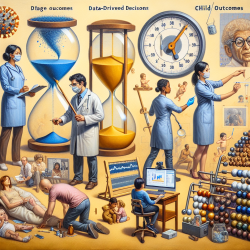Introduction to Speech Kinematics and Coordination
In the realm of speech-language pathology, the integration of advanced technologies to understand and improve speech motor control is paramount. The research article titled "Speech Kinematics and Coordination Measured With an MEG-Compatible Speech Tracking System" provides groundbreaking insights into this integration. This study introduces the Magneto-articulography for the Assessment of Speech Kinematics (MASK) system, which combines detailed kinematic profiling of speech movements with concurrent magnetoencephalographic (MEG) measurements of neuromotor brain activity.
Understanding the MASK System
The MASK system represents a significant advancement in speech research methodologies. Unlike traditional Electromagnetic Articulography (EMA), MASK allows for the simultaneous recording of articulator movements and brain activity, overcoming the limitations posed by conventional speech tracking technologies in neuroimaging environments. This capability opens new avenues for exploring the neuromotor control of speech production, particularly in children with speech disorders.
Implications for Practitioners
For speech-language pathologists, the implications of this research are profound. The ability to observe and analyze the coordination of speech movements alongside brain activity provides a more comprehensive understanding of speech motor control. This can lead to more targeted and effective therapeutic interventions for children with speech disorders. Practitioners are encouraged to consider the following applications:
- Integrating kinematic and neuroimaging data to tailor therapy plans that address specific motor control deficits.
- Utilizing MASK-derived insights to refine diagnostic criteria for speech disorders.
- Collaborating with researchers to further explore the relationship between speech kinematics and brain activity.
Encouraging Further Research
The MASK system's ability to bridge the gap between speech kinematics and neuromotor control invites further research. Speech-language pathologists are in a unique position to contribute to this burgeoning field by participating in studies that leverage this technology. Such research could lead to innovations in understanding developmental speech disorders and improving therapeutic outcomes.
Conclusion
The integration of MASK technology into speech-language pathology practice holds the promise of revolutionizing how we understand and treat speech disorders. By focusing on both the kinematic and neurological aspects of speech production, practitioners can develop more effective, data-driven interventions. To read the original research paper, please follow this link: Speech Kinematics and Coordination Measured With an MEG-Compatible Speech Tracking System.










